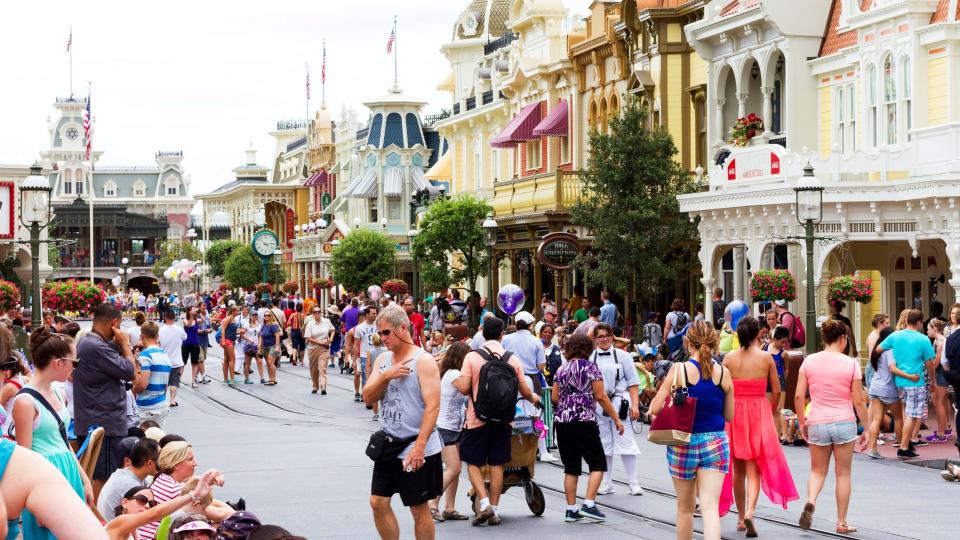

Population growth is usually a good indication that a city is desirable. People tend to move to areas offering more job opportunities, affordable housing and cost of living, good schools or other amenities.
But is population growth a sign you should buy a house and put down some roots? Not always.
In a 2017 article published by Governing, Paul Gottlieb, an economist at Rutgers University, argued that metropolitan areas with stable or slow-growing populations are likely to have greater economic prosperity. According to Gottlieb, data suggests that mayors shouldn’t use population increase as a guaranteed route to a better economy.
Check Out: Housing Market 2024: Home Prices Are Plummeting in 10 Formerly Overpriced Housing Markets
Try This: Become a Real Estate Investor for Just $1K Using This Bezos-Backed Startup
Population growth also leads to overcrowding and increased housing demand, infrastructure and services. In terms of real estate, population growth is a crucial factor in determining how home prices in a given market will perform, according to Business Insider.
If more people move to a city than leave, housing demand increases and drives up home prices. Home price appreciation is great news if you’re a homeowner, but it makes buying a home slightly harder.
In a recent report, Exploding Topics identified the fastest-growing U.S. metro areas using data from the U.S. Census Bureau and related sources.
Here are the top 10 on the list of where you shouldn’t buy a home to avoid an overcrowded market:
Earning passive income doesn’t need to be difficult. You can start this week.
1. Austin, Texas
-
Current population (city): 961,855
-
Current population (metro): 2,173,804
-
Percentage growth (metro): 25.84%
2. Raleigh-Durham, North Carolina
-
Current population (city): 467,665 / 174,762
-
Current population (metro): 1,362,997
-
Percentage growth (metro): 19.84%
3. Orlando, Florida
-
Current population (city): 307,573
-
Current population (metro): 2,560,260
-
Percentage growth (metro): 19.69%
4. Charleston-North Charleston, South Carolina
-
Current population (city): 143,151
-
Current population (metro): 790,955
-
Percentage growth (metro): 18.5%
5. Houston, Texas
-
Current population (city): 2,304,580
-
Current population (metro): 6,979,613
-
Percentage growth (metro): 17.36%
Learn More: I’m a Real Estate Agent: These 5 Arizona Cities Are About To Become Unaffordable
6. Sarasota-Bradenton Metro Area, Florida
-
Current population (city): 434,006 / 50,698
-
Current population (metro): 821,613
-
Percentage growth (metro): 16.81%
7. San Antonio, Texas
-
Current population (city): 1,434,625
-
Current population (metro): 2,510,211
-
Percentage growth (metro): 16.59%
8. Dallas-Forth Worth, Texas
-
Current population (city): 1,304,379 / 918,915
-
Current population (metro): 7,451,858
-
Percentage growth (metro): 16.58%
9. Phoenix, Arizona
-
Current population (city): 1,608,139
-
Current population (metro): 4,860,338
-
Percentage growth (metro): 15.61%
10. Nashville, Tennessee
-
Current population (city): 715,884
-
Current population (metro): 1,904,186
-
Percentage growth (metro): 15.35%
More From GOBankingRates
This article originally appeared on GOBankingRates.com: Don’t Buy a House in These 10 US Cities: Growing Populations and Overcrowding
